|
This is a two part blog post. Part 1 talks about the background to the entire exercise, the Part 2 talks about the simulation exercise which was built on top of the entire Drone Op generated data. The background to this entire operation were our simulation activities that we were doing for Defence. Our past experience had mostly been with the Indian Air Force, and recently had also done some aviation simulation works for the Indian Navy. However when we demonstrated the same to the Army, the feedback given was ‘Well, all this simulation, terrain recreation etc is fine for aircrafts flying thousands of feet above the ground, but we need something which can give a soldier a feeling of if he has the boots on the ground’. This needed a very highly accurate ground mapping which required two elements – a digital elevation map (known as DEM) and ground texture. Now DEMs were available, but those in the public domain had extremely low resolutions, only suited for very high-altitude passes, like those available from NASA and Japan Space Systems. Higher resolution DEM imagery is either available only to military (including ISRO’s own DEM data – but we didn’t have access to that), or very expensive to buy for commercial use. Google earth (including Pro) pack – while allowed you to export imagery, it didn’t allow you to export the elevation, and even imagery had to be stamped with Google earth’s logo. And the resolution wasn’t good that we wanted anyway. The target that had been give to us for the textures resolution was – 10 cm per pixel. A massively ambitious target. But audacious goals only embolden us to achieve them. We decided, we’d get our DEM via an aerial survey. Choice of platformIn order to do an aerial DEM, we obviously needed an unmanned aerial system (UAS), or commonly known as – Drone. There were many choices and factors
Learning to fly
Introduction
Saving and retrieving data is something that every Unity Developer has to struggle with at some point of time. By the nature of how Unity and how computers work, most of your data change is volatile. Even changes made in Editor Play mode are not permanent.
We need to save data in order to track progress and record important values, which are critical to the gameplay. Data is lost between scenes because on every scene load Unity will destroy previous scene’s game objects, except when it’s explicitly specified. This in turn leads to destruction of MonoBehaviours and thus the data. Data is lost between gameplay sessions because the memory allocated on RAM for a Unity application at run time is freed up by the OS when application is closed. So the problem of saving and retrieving data can be broadly classified into two categories
Scene to Scene
In part 2, methods of saving data permanently will be discussed. Guardians of the Skies, the official game of the Indian Air Force was launched about two years ago, and has gone on to be downloaded more than 3 million times, and won a couple of awards. Here is looking back at its story, which not only captures how it came into being and what went behind the scenes, but also a brief 'coming-of-age' of the small team which made it. You can get the game for Android, iOS and Windows. Why do we make games ?Games are supposed to be an escape from the reality, in a world of dreams. Where we can be what we wanted to be before we got caught up in the daily grind.
|
Follow updates
Categories
All
Archives
February 2017
|
SIGN UP FOR OUR NEWSLETTER
|
GET OUR APPS
|
|
|
|
|
CONNECT WITH US
|
|
|
|
All rights reserved. Threye Interactive Pvt Ltd. 2021

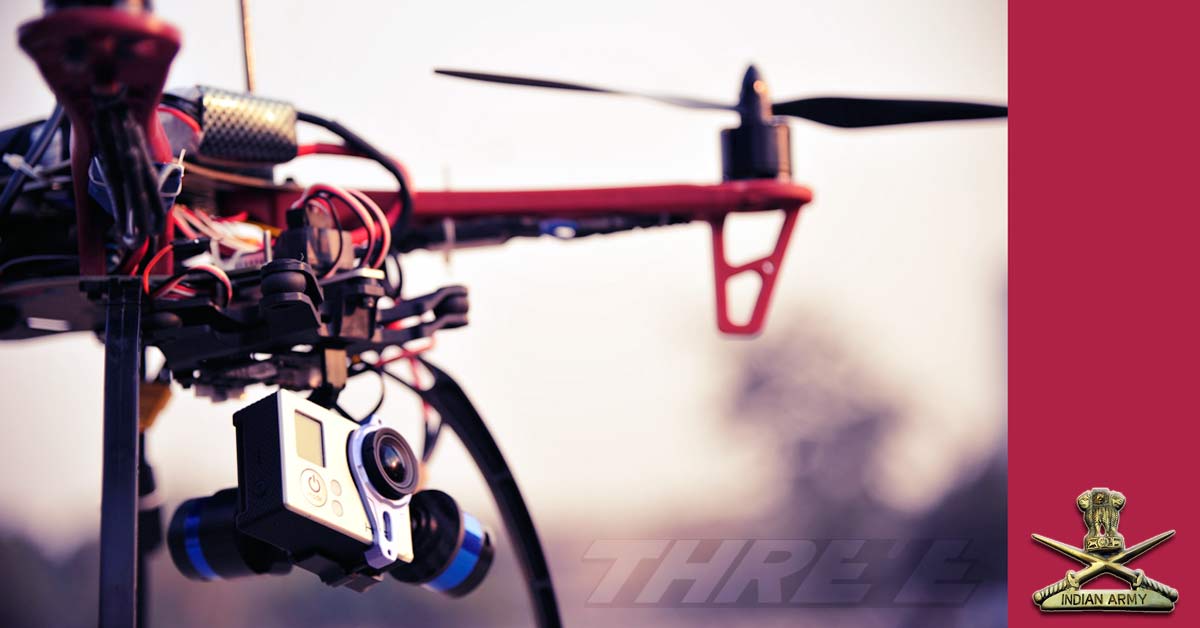
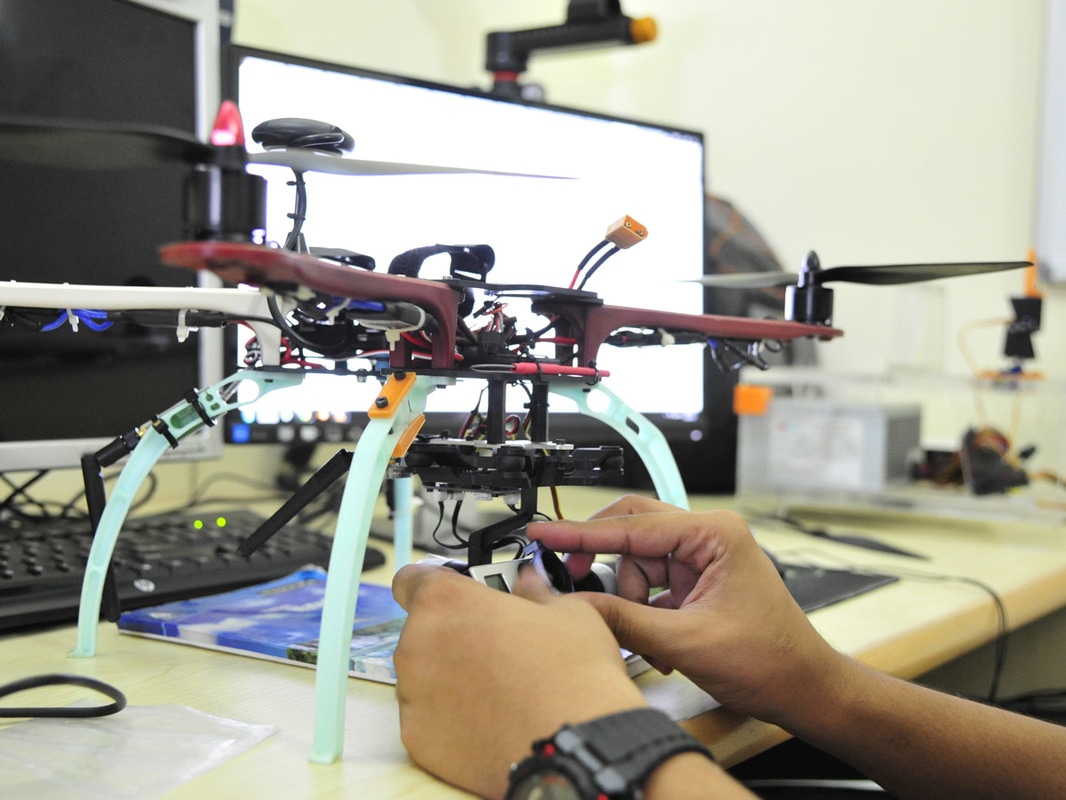
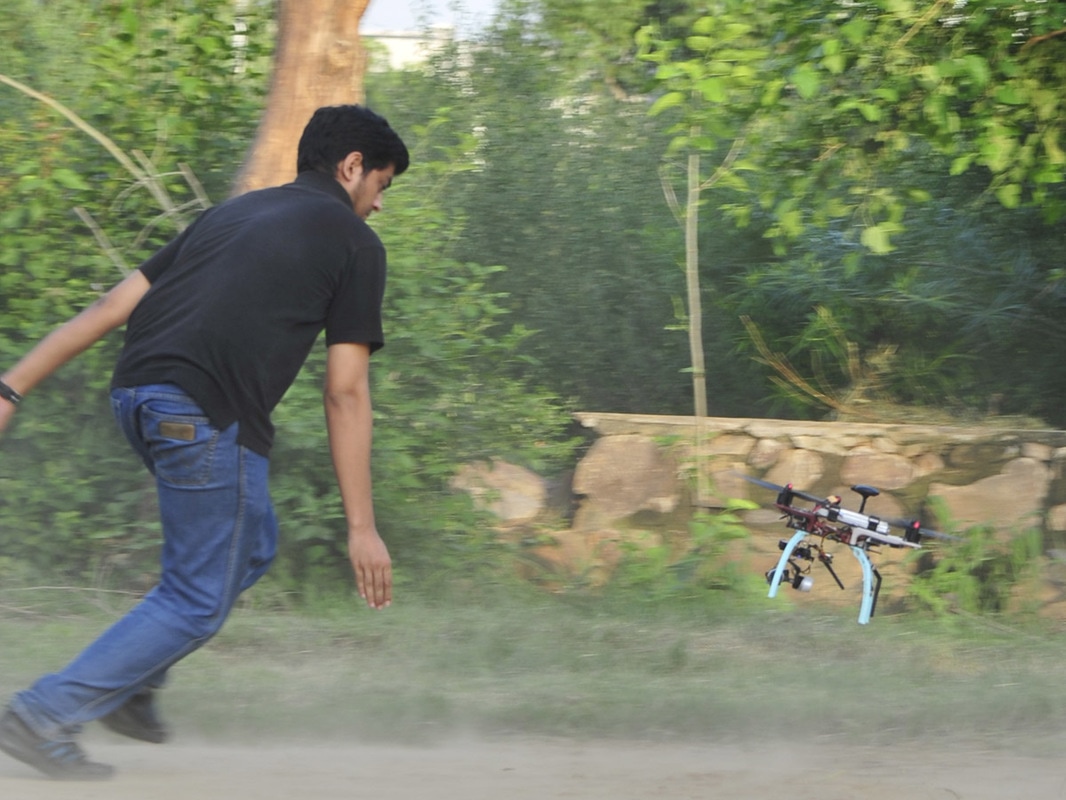
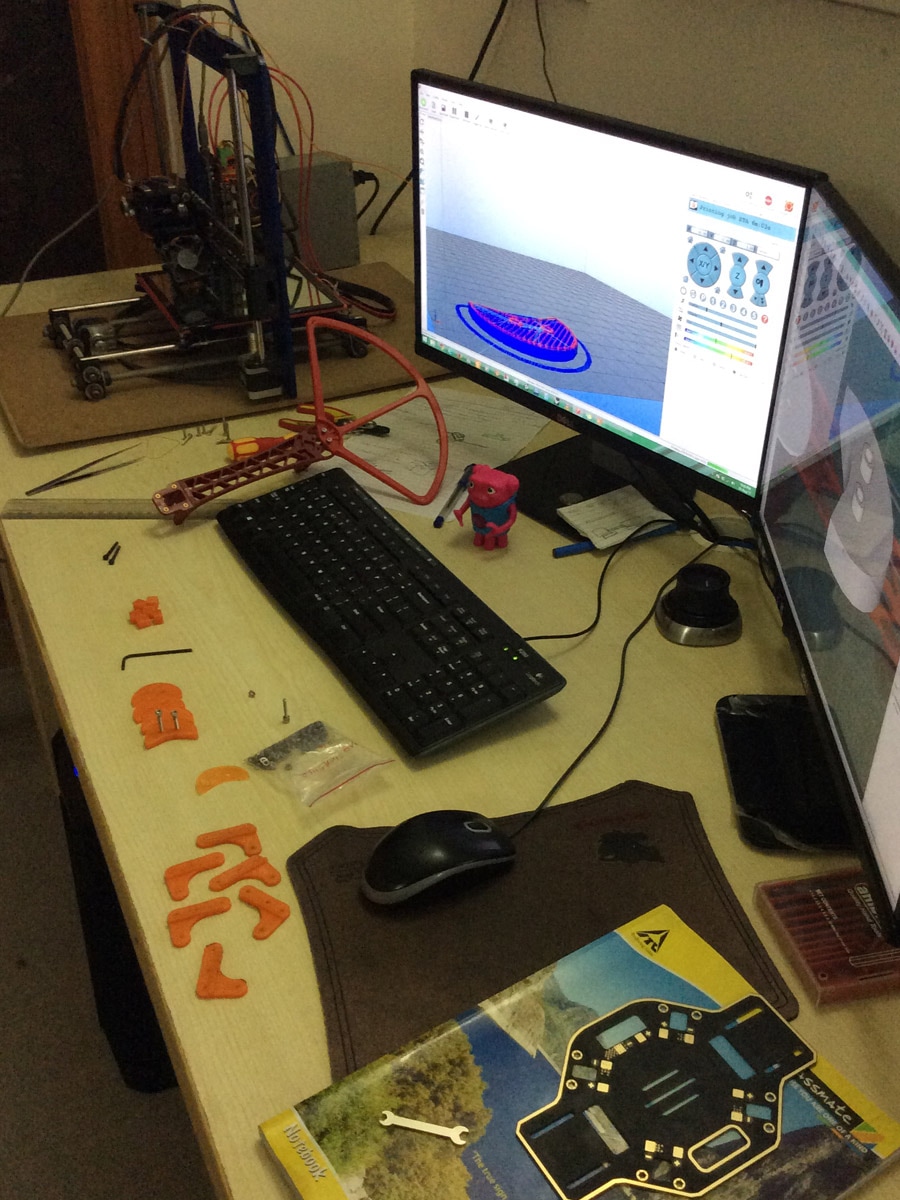
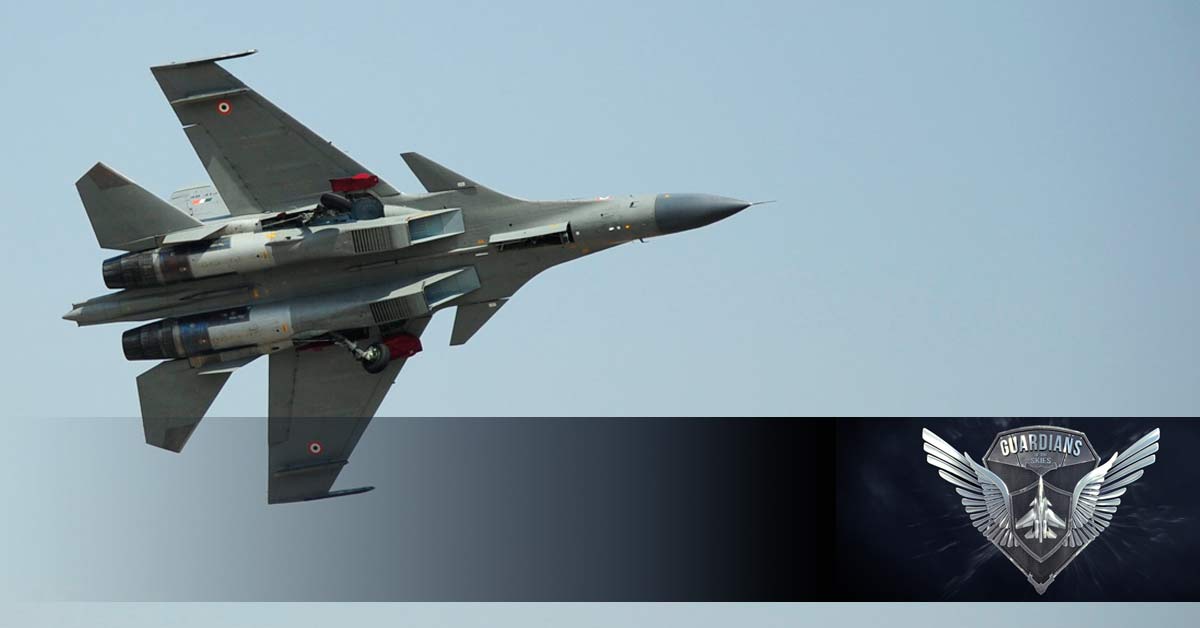
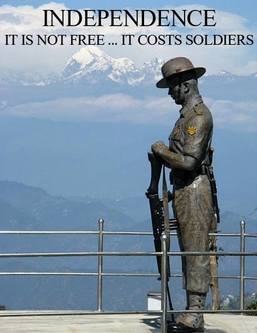
 RSS Feed
RSS Feed